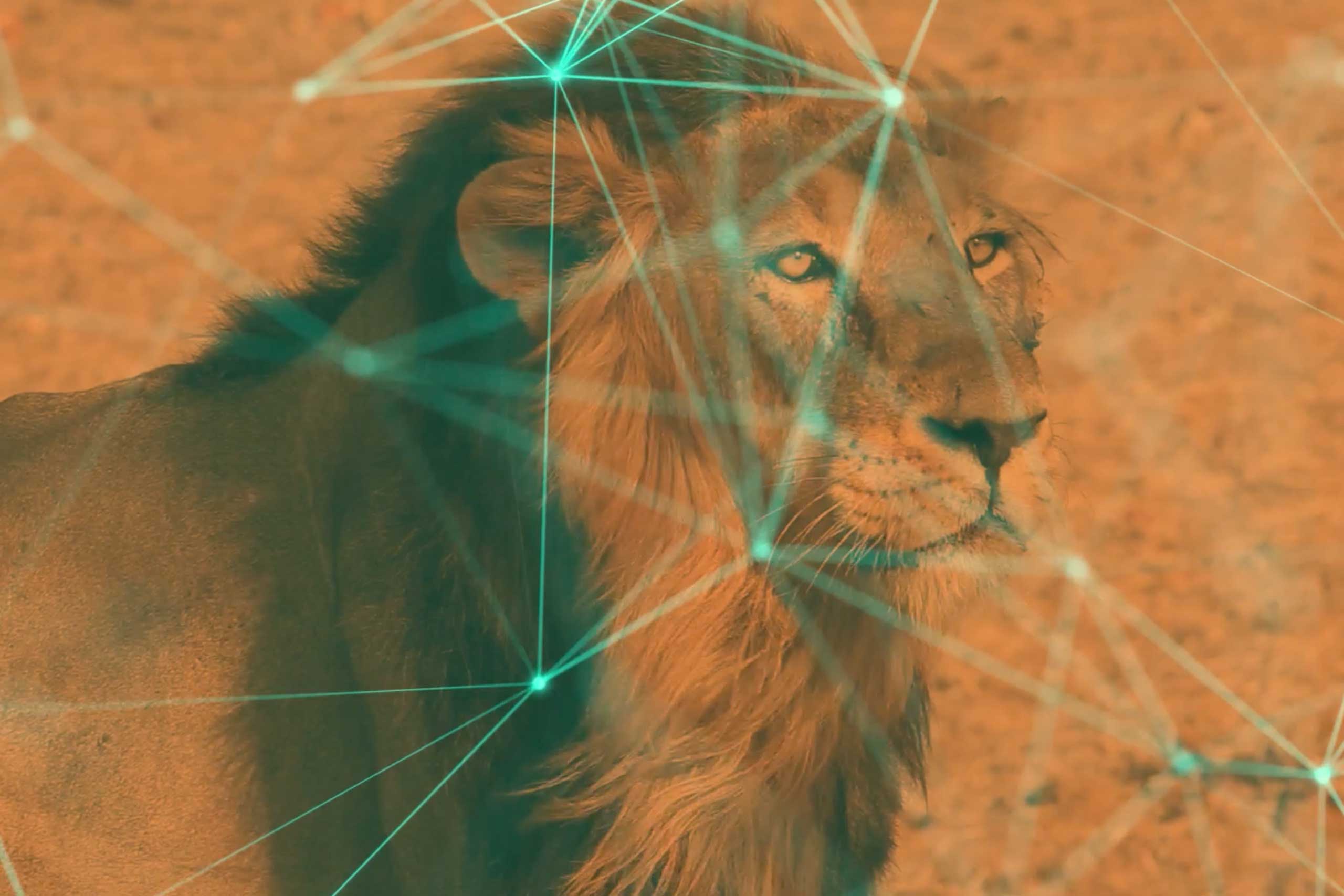How can high-tech be used for conservation? Through efficient and targeted use of artificial intelligence (AI), as demonstrated by the GAIA initiative of the research alliance around the Institute for Zoo and Wildlife Research and the Tierpark Berlin.

The GAIA Initiative is a coalition of research institutes, conservation organizations, and companies with the aim of creating a high-tech early warning system for ecological changes and critical events in the environment. Since the beginning of 2022, the partners have been researching the biology and ecology of selected animal species and the functioning of the ecosystems in which they live, through several projects. Furthermore, they are developing a new generation of animal transmitters equipped with sensor-close artificial intelligence (AI), a camera, energy-efficient electronics, and satellite-based communication technology. This will enable unprecedented insights into ecosystems. These novel transmitters detect and transmit animal behavior in real-time, thus forming core components of a global network of animal, human, and artificial intelligence – the “Internet of Life.”
The central animal species for the GAIA project are African vultures. Thanks to their flying behavior, these large birds are ideally suited to contribute to the research of unusual occurrences in national parks and conservation areas. They assist scientists in implementing the early warning system and can even help uncover wildlife diseases and poaching.
For the GAIA Initiative, dan pearlman developed a communication strategy as well as a new visual appearance and implemented the corporate design in a project-related website. In the corporate design, the vulture is embedded as a symbolic animal in a network made of data points, representing the connection with AI. The use of a globe additionally focuses the holistic view of the initiative on species and nature conservation.